Country to experience rice shortage by August, and Water Board asks people to use tap water carefully. Ceylon Electricity Board (CEB)’s cost of power generation escalates high as the contribution from hydroelectricity drops around 11%. In this aftermath, the country’s Minister of Power decided to turn to the deities pleading for rain which is long over-due.
The percentage of expensive thermal power generated by the Ceylon Electricity Board (CEB) is rising daily as the Government sticks to its “electricity at any cost” policy despite drought in hydro-catchment areas.
On Friday, a massive 88.4 per cent of the country’s energy requirement was met with thermal power, statistics published by the CEB show. Only 11.3 per cent of hydroelectricity was generated. This is an increase from a week ago when 84 per cent of power was generated by thermal power stations while 15.3 per cent came from hydroelectric power stations.![Print]()
Despite mounting losses to the CEB, the utility is implementing the Government’s policy of providing uninterrupted power supply. There will be no power cuts, said Senajith Dasanayake, CEB Assistant General Manager.
“In the afternoons, the thermal power stations are on and it’s 90 to 100 per cent thermal,” said Mr. Dasanayake, who is also the CEB’s official spokesman. “During peak hours, between 6 pm and 9 pm, we use all the stations, including the most expensive machines in the system. The water in the reservoirs is being used very sparingly because the priority is for drinking and agriculture.”
He urged the public to save electricity, particularly during peak hours. He also said the CEB does not anticipate an increase in its burden during the National Holidays because shops and industries will be closed, thereby reducing consumption. “The load is less,” he explained
Meanwhile, the second unit of the Lakvijaya Thermal Power Plant at Norochcholai is being tested. On one day this week, both units ran at full load, adding 600 megawatts of power to the grid. There is still no date for its official inauguration as CEB engineers want to ensure all aspects of the complicated unit are tested for weaknesses.
![03]()
A submerged Buddha Statue that has gone underwater in Maussakele reservoir reappears as water levels recede drastically. Pic By R Kogulan
“There are thousands of systems and our engineers are testing each one,” Mr. Dasanayake said. “While the process is ongoing, the power produced is absorbed to the CEB system.” He added that the existing transmission line from Puttalam to Veyangoda is able to carry the full capacity of the two units.
When the third unit is commissioned, however, the new transmission line to Anuradhapura must be made available. It is currently held up due to environmental and social concerns. The CEB incurred heavy losses in the first three months of this year.
“On the cost side, 85 to 95 per cent goes towards the power we are buying from both CEB stations and independent power producers,” Mr. Dasanayake said. “Costs are higher than revenue.
“We have had dry years and wet years,” he explained. “We nearly made a profit in certain months during 2013 which was a wet year. In January and February 2014, we managed to pay back our arrears to the Ceylon Petroleum Corporation and independent power producers from money collected the previous year.”
Mr. Dasanayake also said both machines of Laxapana Hydro Power Station have been shut down to carry out repairs on an underground tunnel taking water between reservoirs and the plants. Each generates 50 megawatts of electricity.
“The underground tunnel had not been inspected for the past 40 years,” he explained. “But since the 80s we knew that there was a leak.” Repairs were postponed several times but the CEB decided to implement the project this year because of the availability of funds under the World Bank funded Dam Safety and Water Resources Planning Project.
Little water for Hydropower, Irrigation and Drinking; CEB pleads deities for rain
Meanwhile, the minister of Power seek divine intervention to end the drought. Twelve pots of water containing the water from 12 main hydro reservoirs have been brought down to Anuradhapura on a special motercade. After paying tribute to Ruwanweli Seya, these water was offered to the sacred Bodhi tree Jaya Sri Maha Bodhiya seeking devine blessings to bring the rain to the reservoirs.
![IMG_5591]()
Minister of Power offer water from reservoirs to deities pleading for rain
CEB still manages to provide uninterrupted power supply to the country, but as SundayTimes’ lead story pointed out this week – they have bear a big cost as thermal power is expensive. Hydro power is the cheapest option Sri Lanka is having at present, but its contribution has dropped to generation of 11% of the total power need. So in this scenario Hydro Electricity generates cheaper electricity; the rains are crucial for Sri Lanka.
In spite of this, the ministry of Agriculture too warned that paddy cultivation too has been severely affected by the prevailing dry conditions. The ministry’s secretary R.M.Meegasmulla told media tat maha season harvest has dropped drastically and the Yala season couldn’t be started as water levels in the resoivors are too low to be released for the cultivation. So the agriculture ministry expects 35% of paddy harvest where country may have to experience a shortage of rice at end August which will increase the price.
Even the Water and Drainage board requested the users not to waste the water as the water stocks are going down drastically.
This highlights the interlinks of usages of water and need of carefully managing the water stocks among stake holders. In Sri Lanka mostly the water from multipurpose reservoirs been released for all these demands which brings the need to manage water wisely to face a drought conditions. This Water-Energy-Food Nexus has been one of the highlights of the recently launched World Water Development Report 2014 titled “Water and Energy”.
The report indicates that there are many synergies and trade-offs between water and energy use and food production. Using water to irrigate crops might promote food production but it can also reduce river flows and hydropower potential. Growing bioenergy crops under irrigated agriculture can increase overall water withdrawals and jeopardize food security. Converting surface irrigation into high efficiency pressurized irrigation may save water but may also result in higher energy use. Recognizing these synergies and balancing these trade-offs is central to jointly ensuring water, energy and food security.
Sri Lanka was in drought in 2012 and at the latter parts, there wasn’t enough water in the reservoirs to be released for farming. It was alleged that then Minister of Power had asked the officers to use the stock of water in the reservoirs to generate Hydroelectricy with aim to record profit for the Ceylon Electricity Board (CEB). The minister managed to bring down the cost of CEB which otherwise had to be generated by thermal power plants; but in the process the water stocks that should have been kept for irrigation in prolonged drought has been exhausted. This has lead to protests by paddy farmers who had to witness their paddy lands getting die without water.
Participating an international conference on Hydropower that was held in Colombo last month, CEB officers reveal that the percentage of the water for different sectors are being allocated periodically at an informal committee. The CEB, Irrigation Department, Water and Drainage Board and Mahaweli authority with other stakeholders of water sits together to allocate the percentage of water for different sectors. This process is managed by the Mahaweli authority, but the need of a formal establishment is very much evident inorder not to repeat 2012 situation.
http://www.sundaytimes.lk/140406/news/as-drought-continues-ceb-switches-to-88-4-per-cent-thermal-91881.html
![]()
![]()




































































































































































































![Castle[1]](http://www.sundaytimes.lk/140406/uploads/Castle1-300x194.jpg)
![Sakura bloom at Kumamoto Castle2 (c) Chunli Yang 2014[1]](http://www.sundaytimes.lk/140406/uploads/Sakura-bloom-at-Kumamoto-Castle2-c-Chunli-Yang-20141.jpg)









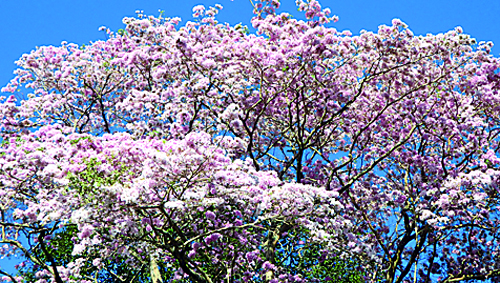


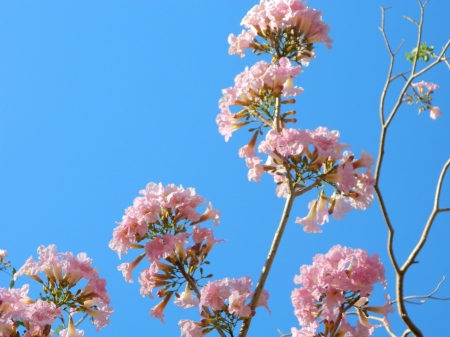




 in Colombo last week was told. Nearly 500 experts from 40 countries participated in the three-day Fifth International Conference on Water Resources and Hydropower Development in Asia at the BMICH.
in Colombo last week was told. Nearly 500 experts from 40 countries participated in the three-day Fifth International Conference on Water Resources and Hydropower Development in Asia at the BMICH.






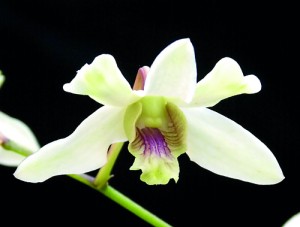


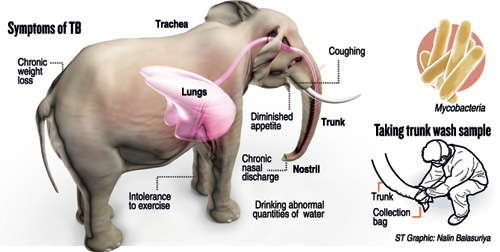 Experts fear there could be an outbreak of tuberculosis among captive elephants if quick action is not taken.As elephants in Dehiwala Zoo show signs of TB the zoo authorities have stopped the popular elephant performances.Zoo director Anura de Silva told The Sunday Times that five out of the zoo’s 10 elephants have tested positive in a preliminary TB anti-body test but further tests were needed to confirm a TB diagnosis.“The elephant dance is a public event that is enjoyed by children so we were compelled to stop it as a precautionary measure,” said Mr. De Silva.A group of workers staged a protest on Thursday saying the show should not be stopped. They said the advice of veterinary surgeons had been questionable in the past so the authorities should wait for solid evidence that these elephants were TB positive.
Experts fear there could be an outbreak of tuberculosis among captive elephants if quick action is not taken.As elephants in Dehiwala Zoo show signs of TB the zoo authorities have stopped the popular elephant performances.Zoo director Anura de Silva told The Sunday Times that five out of the zoo’s 10 elephants have tested positive in a preliminary TB anti-body test but further tests were needed to confirm a TB diagnosis.“The elephant dance is a public event that is enjoyed by children so we were compelled to stop it as a precautionary measure,” said Mr. De Silva.A group of workers staged a protest on Thursday saying the show should not be stopped. They said the advice of veterinary surgeons had been questionable in the past so the authorities should wait for solid evidence that these elephants were TB positive.



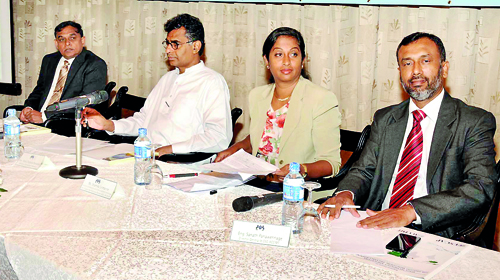
 droughts in Sri Lankan conditions.
droughts in Sri Lankan conditions.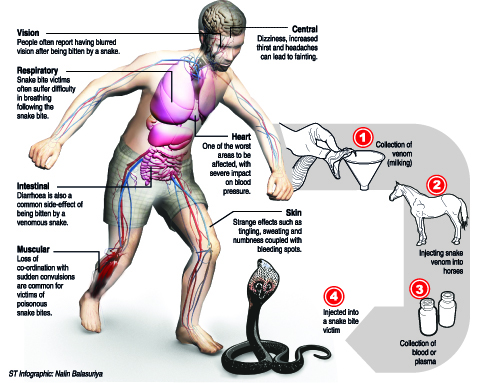 injecting the person with anti-venom as the remedy itself could cause severe allergic reactions that can cause immediate death. Not every snakebite sends poison into the bloodstream: sometimes the fang fails to inject the venom; sometimes the snake had engaged in a recent attack that depleted its venom sacs and the new bite fails to carry enough venom to harm the victim.
injecting the person with anti-venom as the remedy itself could cause severe allergic reactions that can cause immediate death. Not every snakebite sends poison into the bloodstream: sometimes the fang fails to inject the venom; sometimes the snake had engaged in a recent attack that depleted its venom sacs and the new bite fails to carry enough venom to harm the victim.
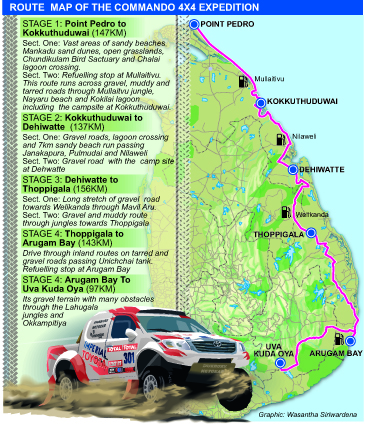

 “So the IUCN tried to convince the villagers of the importance of turning to organic farming. We linked them with an organization supporting organic paddy cultivation and we are happy that the paddy fields adjacent to the stream areas turned into organic cultivation areas where agro-chemicals are not used,” said Naalin Perera, IUCN Programme officer, Biodiversity, pointing to the lush paddy fields.
“So the IUCN tried to convince the villagers of the importance of turning to organic farming. We linked them with an organization supporting organic paddy cultivation and we are happy that the paddy fields adjacent to the stream areas turned into organic cultivation areas where agro-chemicals are not used,” said Naalin Perera, IUCN Programme officer, Biodiversity, pointing to the lush paddy fields.